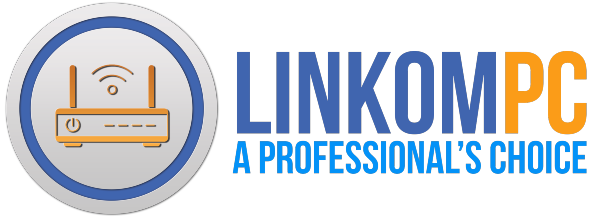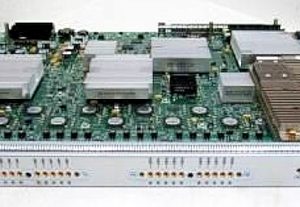Showing all 12 results
Linkom-PC sells Cisco uBR10012 CMTS Universal Broadband Router is a communications-grade cable modem termination system (CMTS) that helps cable operators evolve their traditional cable infrastructures to an IP next-generation network with superior reliability, performance, scale, and density.
Cisco uBR10012 Universal Broadband Router is a communications-grade cable modem termination system (CMTS) that helps cable operators evolve their traditional cable infrastructures to an IP next-generation network with superior reliability, performance, scale, and density. The Cisco uBR10012 (Figure 1) supports large-scale delivery of advanced, revenue-generating IP services for business and residential customers. The unique architecture of the Cisco uBR10012 brings unparalleled flexibility and intelligence to the cable network with consistent high performance and sophisticated routing capabilities.
Cisco uBR10012 – Next-Generation Technology Today
Wideband Enables New IP Services
In addition to increasing the bandwidth available on the downstream, Cisco wideband also reduces cost. It does this using inexpensive, field-proven edge quadrature amplitude modulation (QAM) modulators such as the Cisco RFGW-1 and RFGW-10 models in order to increase the downstream capacity of the Cisco uBR10012 and reduce RF downstream costs. This enables cable operators to use the lower edge QAM port prices and to add new downstreams without adding additional upstreams at the same time.
Communications-Grade Reliability
CISCO EPC3928S, Cisco Cable Modem 8×4 DOCSIS 3.0 Residential Wireless Gateway with Digital Voice Model EPC3928S
€10,00Cisco EPC3928AD, Cisco Cable Modem 8×4 DOCSIS 3.0 Smart Dual Band Concurrent Wireless .11N Broadband Cable Gateway with voice EPC3928AD
€20,00Cisco CAB-RFSW520QTIMF2, Quad-shield RF cable bundle, RF line card to HFC plant, 3m
Cisco SPA-5X1GE-V2, Cisco 5-Port Gigabit Ethernet Shared Port Adapter
€260,00Cisco 10000-SIP-600, Cisco 10000 Series SPA Interface Processor-600 10G
Cisco ESR-PRE4, Performance Routing Engine 4
Cisco UBR10-DTCC, DOCSIS Timing, Communication, and Control Card + DTI Client
Cisco UBR-MC3GX60V, D3.0 M-CMTS Line Card for uBR10K Platform; Base HW – 72US/60DS
Cisco UBR10-PRE5, Performance Routing Engine 5 For UBR10012 (2 x 10G)
Cisco SPA-1X10GE-L-V2, Cisco 1-Port 10GE LAN-PHY Shared Port Adapter
€370,00Cisco UBR-MC20X20V-20D, UBR10K High-Perf D3.0 Card w/upx, 20US and 20DS License
Cisco UBR10012 chassis, UBR10012 chassis













